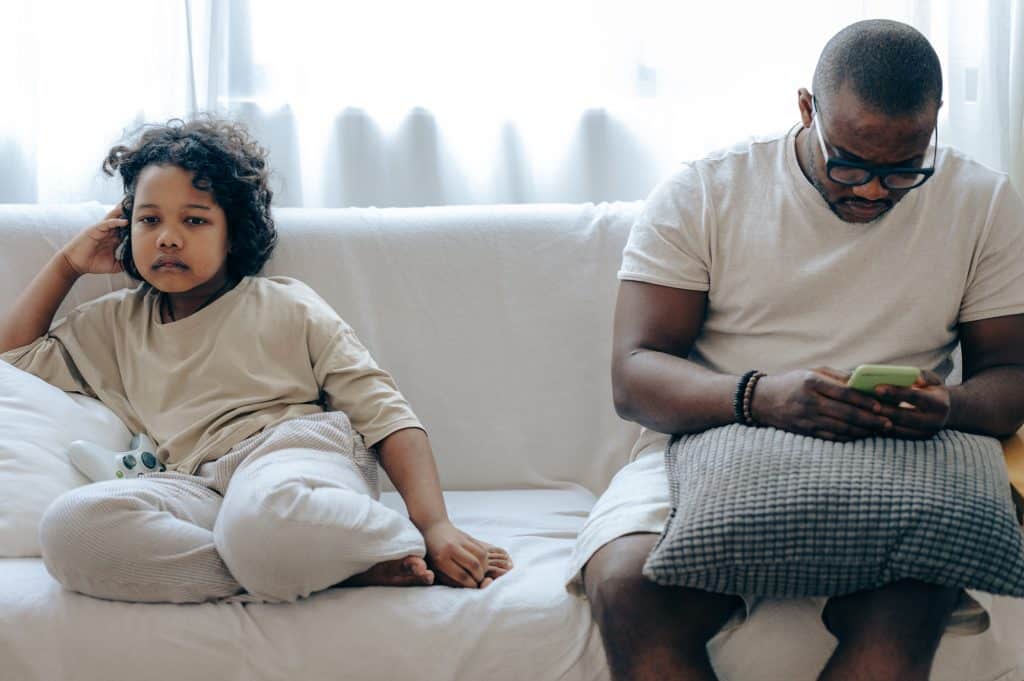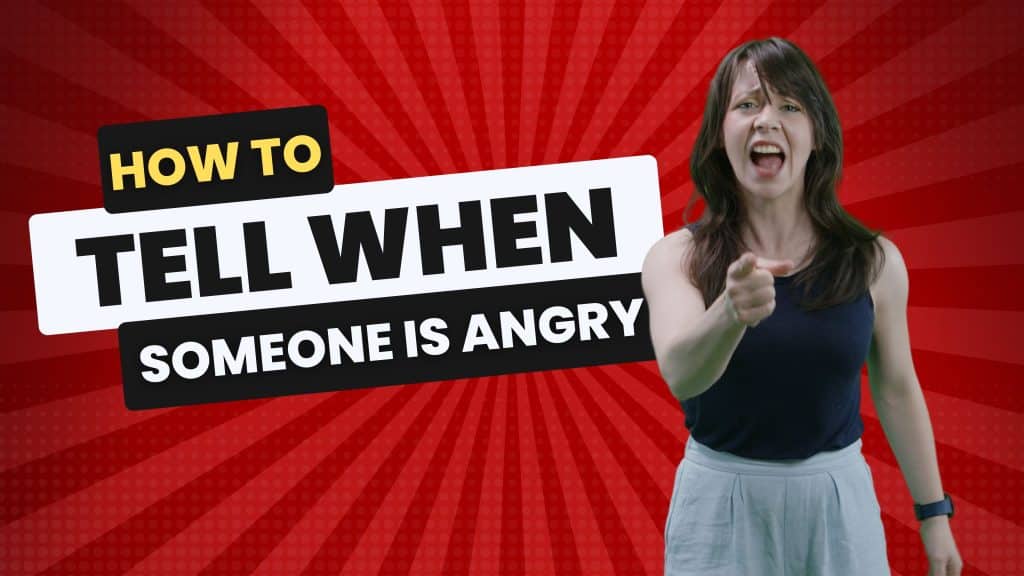As parents, we always look for signs of distress in our kids. But what about when it’s not so clear-cut? What if the emotion they’re grappling with is anger? Recognizing anger in others, especially in kids, can be tricky. But don’t worry, we’ve got you covered. This guide will help you decipher the telltale signs of anger; better yet, it’s a skill you can teach your kids. For a visual guide, check out our Goal Mine class video, where these concepts are brought to life for kids to learn independently.
Table of Contents
| Steps | Description |
|---|---|
| Step 1: Facial Expressions | Observe the person’s face for signs of anger such as furrowed eyebrows, narrowed eyes, or tightly pressed lips. Remember, these expressions can vary from person to person. |
| Step 2: Body Language | Look for signs of anger in the person’s body language. This could include tense muscles, crossed arms, rigid posture, or exaggerated movements like stomping feet or slamming doors. |
| Step 3: Verbal Cues | Listen to the person’s speech for signs of anger. This could include speaking loudly, rapidly, or harshly, or using negative or blaming language. Pay attention to not just what is being said, but how it’s being said. |
Step 1: Facial Expressions
Firstly, it’s important to note that facial expressions are a universal language. They’re our first line of communication and can tell us a lot about someone’s feelings. When someone is angry, their eyebrows may furrow, their eyes might narrow, and their lips could be pressed together tightly. However, these expressions can vary from person to person.
For instance, some kids might show their anger through a pouty face, while others might have a blank expression. The key is to observe and understand your child’s unique expressions. It’s a skill that requires practice, but over time, you’ll be able to quickly recognize when your child is feeling angry.
Step 2: Body Language
Conversely, body language is another significant indicator of anger. An angry person might have tense muscles, crossed arms, or a rigid posture. They might stomp their feet, slam doors, or have a heavy walk. These signs might be more exaggerated in kids as they’re still learning to express their emotions appropriately.
Moreover, it’s essential to remember that body language is often subconscious. Your child might not even realize they’re displaying these signs. Teaching them to recognize their body language can be a powerful tool in helping them understand and manage their anger.

Read more: Why is My ADHD Child So Angry?
Step 3: Verbal Cues
Lastly, verbal cues can provide insight into someone’s emotional state. An angry person might speak loudly, rapidly, or harshly. They might use negative or blaming language. This could manifest as yelling, crying, or even silence in kids.
However, it’s crucial to listen to what your child is saying and how they’re saying it. Their speech’s tone, volume, and speed can give you clues about their emotional state. Teaching your child to express their anger verbally in a healthy way can help them manage their emotions better.
Tired of Emotional Meltdowns?
Goally’s Mood Tuner app has activities for kids with BIG emotions. Teach kids how to tune their mood with Goally. See fewer meltdowns.
The Mood Tuner app encourages kids to look inwards and identify their feelings, helping them understand what’s going on inside. Once they’ve recognized their emotions, they can choose from a 20+ activities designed to help them self-regulate and find their balance.

Recognizing anger in others, especially in our kids, is a skill that can foster better communication and understanding. It’s not always easy, but with patience and practice, you can learn to read the signs and help your child navigate their emotions. Remember, it’s not about controlling their anger but teaching them to express it healthily.
For more in-depth lessons on recognizing anger and other essential life skills, consider getting Goally’s dedicated Tablet. It unlocks a world of video lessons that make learning these skills fun and interactive for your kids. The embedded YouTube video in this blog only covers step #1, but there’s so much more to explore. So why wait? Start your journey towards better understanding today.
FAQ’s About Being Angry
What is Goally's approach to teaching kids about anger? Goally uses task analysis to break down understanding anger into step-by-step video classes, making it easier for kids to learn. How does Goally help kids recognize signs of anger? Goally's video classes guide kids through recognizing facial expressions, body language, and verbal cues associated with anger. Can Goally help my child manage their anger? Yes, Goally not only teaches kids to recognize anger but also provides strategies for expressing and managing this emotion healthily. What makes Goally's approach to teaching about anger unique? Goally uses interactive video classes that engage kids, breaking down the complex concept of anger into understandable, bite-sized lessons. How can I get access to Goally's video classes on anger? You can access Goally's video classes on understanding and managing anger by purchasing the dedicated Goally tablet.

Goally
We help parents teach their kids life skills, like doing bedtime and morning independently. Backed by science, we incorporate evidence-based practices and expert-informed designs in all of our apps and content.






